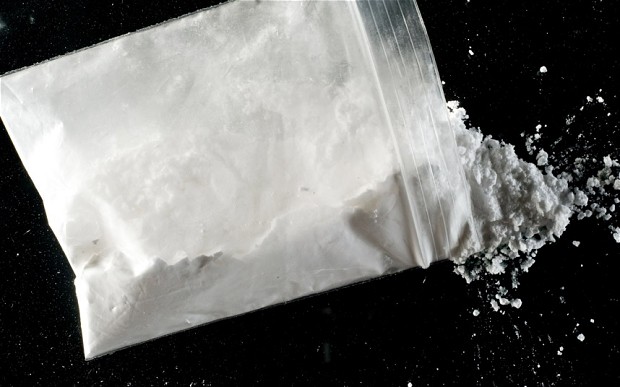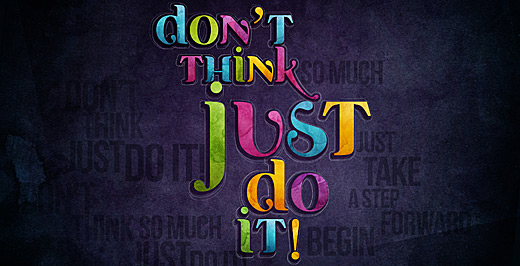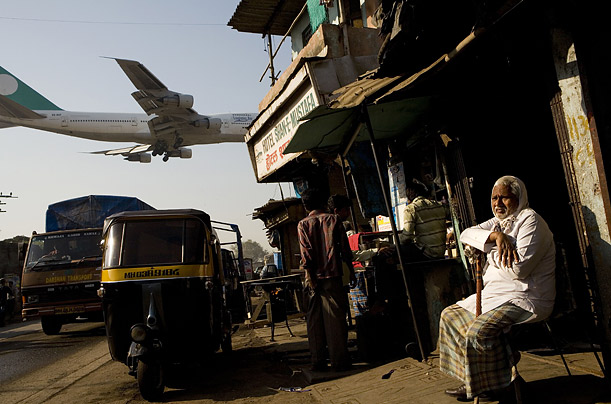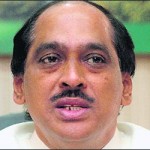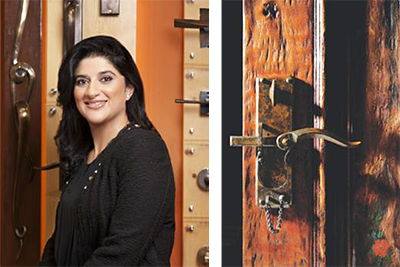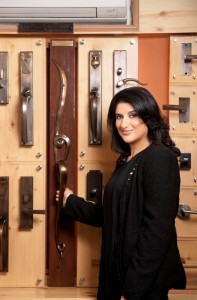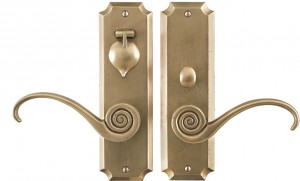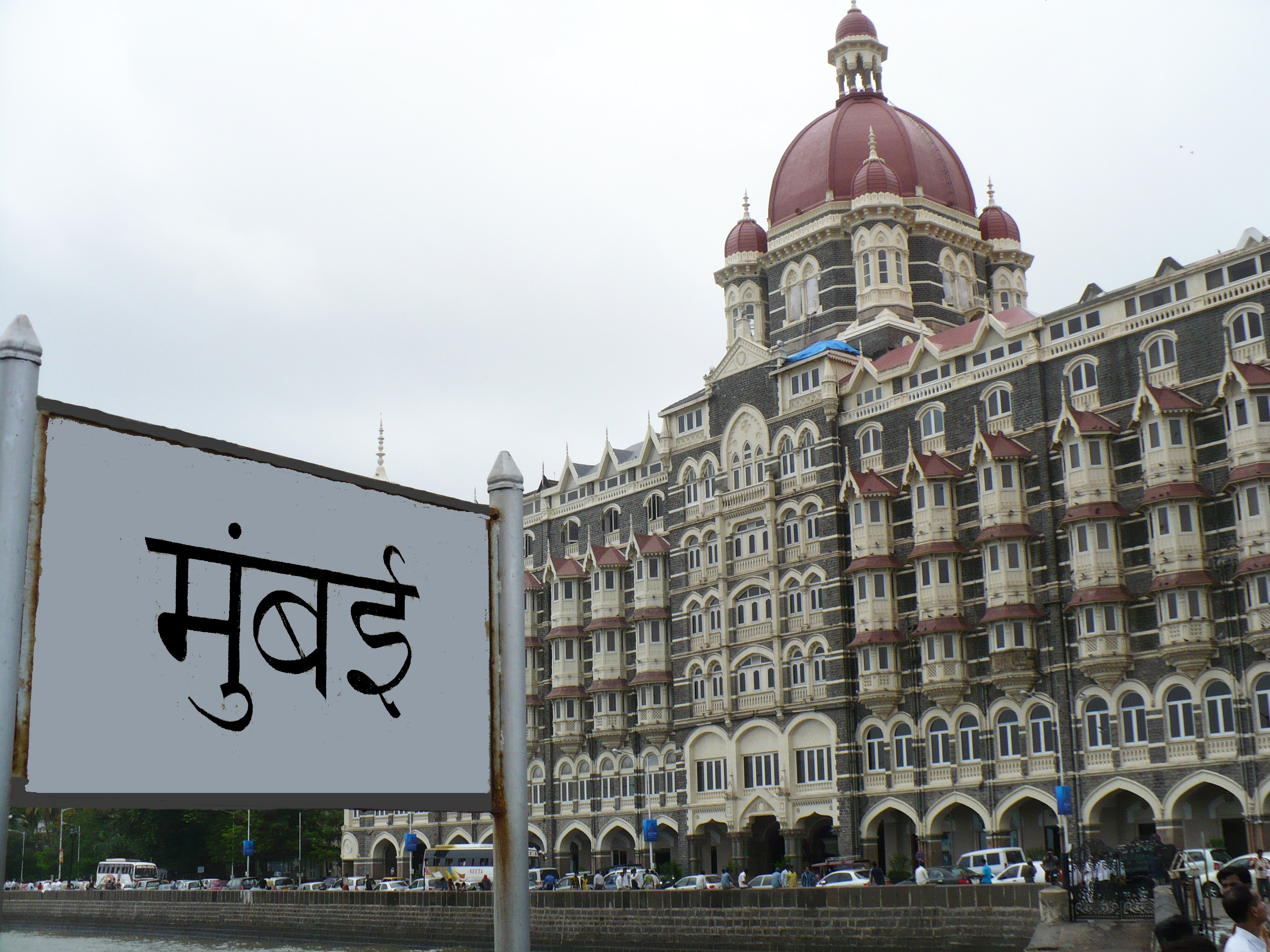Graphic designer Soumya Mohanty talks about the joys and the perils of working freelance, and how you can follow suit.
by The Diarist | thediarist@themetrognome.in
 Soumya Mohanty (27) used to work full time as a graphic designer, before branching out on her own in 2009 and cracking the work-for-yourself code. The Bandra resident has done a wide range of work since then – she’s designed brochures, home pages for websites, company logos and even business cards. The self-taught designer tells The Metrognome about being a freelance graphic designer, and about finding the thing that makes you happy and doing it forever.
Soumya Mohanty (27) used to work full time as a graphic designer, before branching out on her own in 2009 and cracking the work-for-yourself code. The Bandra resident has done a wide range of work since then – she’s designed brochures, home pages for websites, company logos and even business cards. The self-taught designer tells The Metrognome about being a freelance graphic designer, and about finding the thing that makes you happy and doing it forever.
What prompted you to take up web designing as a line of work?
I always loved well-designed things ever since I was a kid. When I was in class eight and we got our first computer, I saw an interface related to Disney. I cannot recollect if it was a website or an application, but I thought to myself that whoever has done this, is so lucky to get to do this, it’s so much fun! I thought, I’d love to do this myself!
Of course, I never thought of it seriously then, because Graphic Design as a career was unheard of then. So, I researched and considered other options, never really feeling truly happy about any of those choices. Then finally during my graduation year, I saw an article about Graphic Design and I knew that was what I had been looking for. It turns out, the thing that excited me the most, which I then did not consider seriously, was the only thing that truly made me happy and I now had found a way to do it forever.
Where did you study to be a graphic designer?
In design, I’m self-taught with the help of online resources and books. There are many who benefit from classroom teaching and others, autodidacts like myself, who prefer to study on their own. I think the key is to follow your interest, so it is up to you to decide whether a structured programme can give you what you want or you would rather directly learn by yourself if you have the passion and discipline.
I did not find any programme which would have allowed me to practice the exact skills that I wanted, so I learned by myself. You’ll find many resources online and books as well from other professional designers themselves. It feels like being directly mentored by the people whose work you admire the most.
How long have you been in this industry now?
For about four years.
Have you noticed any differences in the industry now than the way it used to be before?
Computer-aided design is now almost a necessity. Of course, there’s a lot more demand for it now and it is increasing as companies slowly realise the importance of design as an approach altogether.
Who have your clients been?
As a freelance designer, I mostly work with small and medium-sized businesses, though I have done a few small projects for Radiocity and Viacom18 amongst the known ones.
What are the biggest challenges as a freelance designer?
Challenges appear phase-wise. For example, while starting out, the biggest challenges are finding clients and maintaining a steady stream of work, not knowing your own working patterns, and deciphering how to appropriately choose, estimate, and price projects.
For finding clients, these three factors help: 1) Applying to listings on job boards like Naukri and TimesJobs (having the ‘Freelance’ keyword) and on specific freelance related sites such as FreelanceSwitch Jobs and Elance or oDesk.
2) Promoting your work through an online portfolio (preferably your own website as that helps in search engine rankings), actively displaying your work samples on other portfolio sites such as Coroflot and Behance, and staying active on Linkedin. Facebook page and Tweeting will also help if you really promote yourself there. So, clients find you.
3) By referrals from your existing clients. You don’t have to do much there other than focusing on making sure your clients have a good experience working with you. Whatever you do, the key is to remember that you’re not just working on a project. You’re building a client relationship. So, the same clients frequently come back with more projects thus adding to the work stream.
Establishing a working pattern is important to estimate scope of project and pricing better. If you don’t know how long and how much effort something’s going to take you, fairly accurately, then you might over-quote or under-quote. If you over-quote, clients run away. If you under-quote, you feel like running away! Also, you might end up working all the time if you don’t draw a line regarding when to stop working, especially if you also have international clients in another time zone. So, keeping a work log helps identify patterns.
Please describe the one project you worked on that made you truly happy.
That’s hard to choose because every project I work on makes me happy. I try my best to create a more than satisfactory solution. However, I recently worked on a Music CD cover for an artist abroad, and I really loved doing the cover artwork for them because of having to convey an abstract emotion through my artwork.
What are clients’ expectations when they entrust a project to you?
Everyone wants something that ‘looks awesome’ and ‘great’ and ‘oooo wowww.’
Do you have a team (other designers, developers) working with you?
No, I usually only collaborate with a couple of developers when clients need the HTML/CSS done too.
What other things do you design, apart from websites?
I design logos, brochures, ad banners, emailers, business cards/stationery, CD cover design, and Power Point presentations.
What are your future plans?
Apart from Graphic Design, I’m interested, rather very excited, by some related disciplines such as Matte Painting, Digital Painting (commercial artwork for book covers, game covers, etc.), Architectural Visualisation, and Concept Art. I’m looking forward to sharpening my skills there. I’m also excited to be working on a couple of personal projects for sales and see myself taking that direction more along with client work.
What are your expectations from the industry for the future? Also, what is the level of competition among your peers?
Graphic Design is an all pervasive field from print to web to now mobile. With growth in the web and mobile sector especially, there’s a growing need for more interface designers. As long as information needs to be communicated through various media, this industry will only grow. I don’t have any expectations other than to just keep doing what I love doing and continue building my skills in Graphic Design as well as Commercial Art.
The design community is driven more by sharing and inspiration than competition. So, you could say it’s a very healthy competition. Designers constantly keep sharing valuable information and techniques on myriad sites such as PSDTUTS+, Smashing Magazine, Noupe, Web Designer Depot, Dribbble, A List Apart and many, many more.
Any tips for others wishing to pursue the same profession as you?
To be a Graphic Designer, I’ll say the clichéd: study, practice and get inspired every day. You need to feed your mental library with as many marvellous images and ideas as possible whether on print, online, TV, your environment, books or music. To be a freelance Graphic Designer, do all that AND set a financial target for yourself every month and plan ahead to fill in projects worth more than your target, as a buffer. The world of design is all about creating new, better, useful, and remarkable things that make life so much better. Have fun!
Check out some of Soumya’s work here:
(Pictures courtesy Soumya Mohanty)

